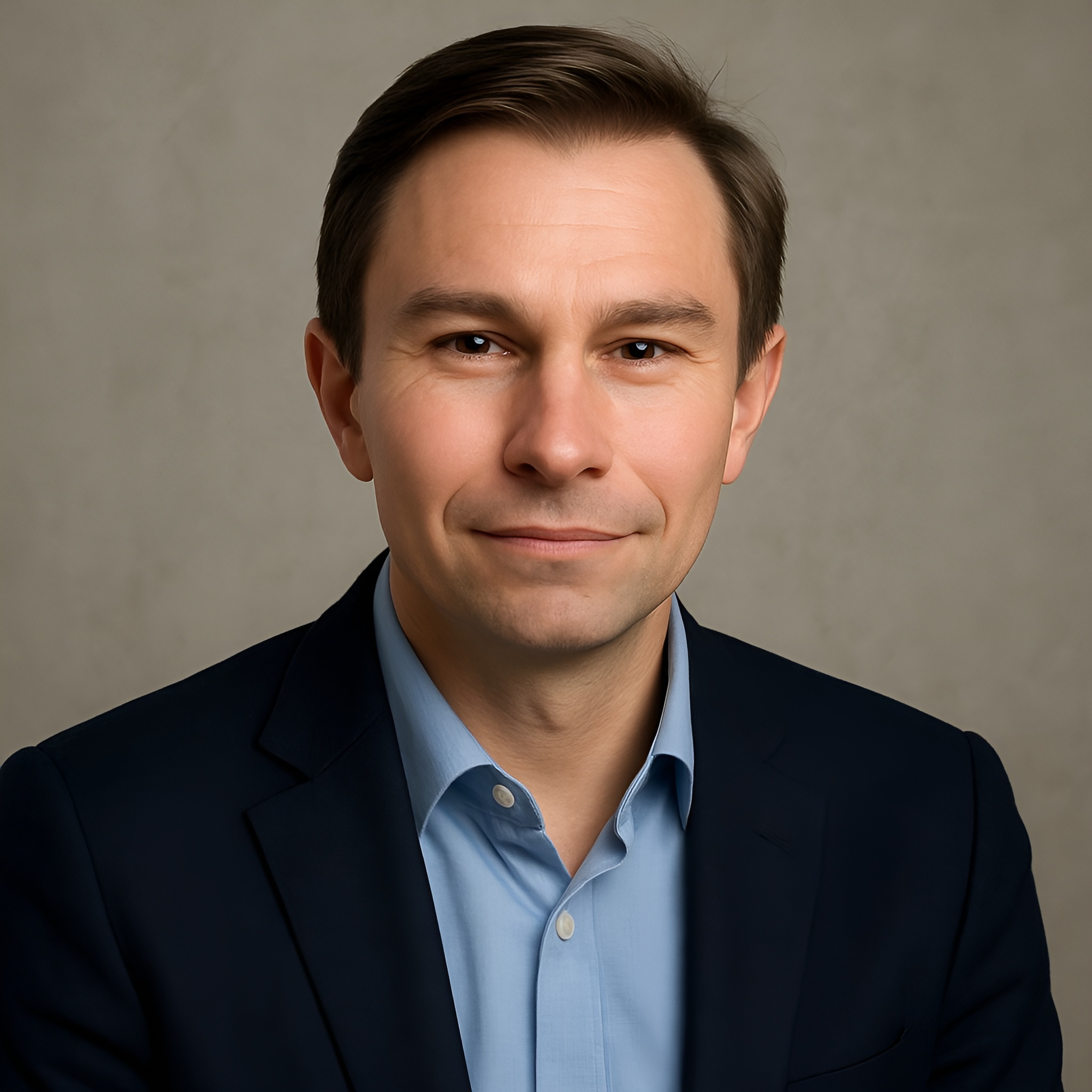Who Is Dr. David Sinclair? Dr. David Sinclair stands as a transformative figure in modern biomedical science. He is renowned for his groundbreaking contributions to aging and longevity research. As a professor of genetics at Harvard Medical School, Sinclair has transformed our understanding of aging. He did this by demonstrating that by delaying a biological process we can reset aging. Through his innovative work in cellular reprogramming, epigenetics, and age-related therapeutics, Sinclair has become a global thought leader in the quest to extend human healthspan.
The desire to outwit aging is far from new. From ancient times, to modern science, this pursuit has evolved from ingesting hazardous substances in the hope of immortality to exploring evidence-based strategies grounded in biology. In the 20th century, approaches such as hormonal therapies, caloric restriction, and nutritional interventions marked the first scientifically-informed attempts to prolong vitality. Today, Dr. Sinclair is at the forefront of this evolution. He bridges historical ambition with cutting-edge science, transforming the dream of healthy aging into a credible frontier of modern medicine. In the modern day chronic, aging-associated diseases continue to rise alongside life expectancy. Sinclair’s research offers actionable insights. These insights challenge long-standing beliefs and redefine what’s possible for human health. But, who is David Sinclair? This article dives deep into his visionary work. This article uncovers the science of anti-aging and what it could mean for the future of longevity.
How Early Life Lessons Shaped Sinclair’s Drive to Change the World
Behind his scientific achievements lies a personal story that shaped his vision and determination. Dr. Sinclair credits much of his early mindset to the influence of his grandmother. She played a pivotal role in raising him. Having faced her own struggles at a young age, she instilled in him the values of resilience and curiosity. Crucially, also, the belief that he could achieve anything he set his mind to. Her daily affirmations—such as “You CAN do it”—left a lasting impression on Sinclair. They encouraged him to take on challenges and believe in his potential to make a global impact.
The Information Theory of Aging: Epigenetic Drift and Cellular Memory
Dr. David Sinclair’s Information Theory of Aging book offers a revolutionary perspective on the biological mechanisms behind aging. Sinclair argues that aging stems largely from the loss of epigenetic information. The epigenome, mentioned in the book, is the molecular “software” that instructs cells on which genes to express. He suggests aging does not simply come from cellular damage or genetic mutations. Actually the main factor is how, over time, environmental influences disrupt this epigenetic information. Lifestyle choices and natural cellular stress also contribute. The increasing disorganization is known as epigenetic drift.
Unlike traditional views that focus on DNA damage, Sinclair’s theory highlights that the DNA itself remains intact. What’s compromised is the precise regulation of gene expression. As the instructions that govern cellular behavior become disrupted, it leads to cellular dysfunction. This contributes to tissue breakdown and the onset of age-related diseases. Sinclair uses the analogy of a scratched CD. The data (DNA) is still there, but the ability to read it properly is lost. What makes this theory groundbreaking is Sinclair’s suggestion that our cells actually retain a backup copy of youthful epigenetic information. Which acts much like a hidden reserve of genetic programming. The key to reversing aging lies not in changing our DNA, but in restoring access to this stored, youthful cellular memory. By reprogramming cells to retrieve this original epigenetic blueprint, we could potentially reverse signs of aging. Which would restore optimal cellular function.
The Role of Sirtuins and NAD+ in Lifespan Regulation: Key Discoveries in Aging Science
Sinclair’s innovative work has significantly advanced our understanding of the molecular mechanisms that regulate cellular health and longevity. Central to his research are sirtuins—a family of enzymes. They play a vital role in maintaining the integrity of the genome. Sirtuins are especially vital under conditions of stress such as caloric restriction. These enzymes are involved in essential processes like DNA repair, inflammation control, and the regulation of metabolism, making them crucial for healthy aging. Sinclair’s research has demonstrated that increasing sirtuin activity can extend the lifespan of organisms, including yeast, mice, and potentially humans. A critical cofactor that powers these sirtuins is NAD+ (nicotinamide adenine dinucleotide). As we age, NAD+ levels naturally decline, disrupting the function of sirtuins and contributing to the aging process.
This has positioned NAD+ as a key molecule in aging research. Sinclair’s discoveries have inspired the development of therapies aimed at boosting NAD+ levels to slow aging and promote long-term health. Moreover, Sinclair’s studies have highlighted the importance of NAD+ restoration using precursors like NMN (nicotinamide mononucleotide) and NR (nicotinamide riboside). By replenishing NAD+, Sinclair’s lab has shown significant improvements in muscle function, endurance, and insulin sensitivity in older mice. These findings have sparked a global interest in NAD+ supplementation. Focused on using it as a potential tool for preventing age-related diseases and enhancing healthspan.
Development of Age-Reversal Techniques Using Yamanaka Factors
However, most importantly, Dr. David Sinclair pioneered work with The Yamanaka factors. As a result, he redefined what is possible in age reversal and cellular rejuvenation. Specifically, Sinclair’s team used controlled expression of three genes: Oct4, Sox2, and Klf4 (OSK). By doing so, they developed a method of partial cellular reprogramming. This method resets the epigenetic clock but does not erase the cells’ identity. Moreover, this technique avoids the risks of full reprogramming, which transforms cells into pluripotent stem cells. Instead, it focuses on restoring youthful function.
The first successful demonstration of this method occurred in aged mice. Specifically, targeted expression of OSK rejuvenated damaged retinal cells. As a result, the mice regained vision lost to aging. Importantly, this was a landmark achievement in longevity science. It showed that scientists can reverse aging effects at the cellular level. Furthermore, they achieved this without compromising tissue integrity.
The success of this experiment opened the door to the real possibility of using epigenetic therapies to restore function in a range of age-damaged organs. Building on these animal trials, Sinclair’s lab has taken a major step forward by successfully applying the same epigenetic reprogramming method in non-human primates—a significant milestone in the path to human application. These studies demonstrated improvements in tissue regeneration, cellular resilience, and biological function without signs of tumor development or abnormal growth. The OSK-based approach is now recognized as one of the most promising techniques in regenerative medicine, offering a viable pathway to reset biological age safely and effectively. This advancement bridges the gap between experimental science and real-world clinical application.
Advances Anti-Aging Research with Age-Reversal Therapy in Monkeys
Dr. David Sinclair’s latest achievement marks a pivotal moment in the field of anti-aging research, as his team transitions from successful epigenetic reprogramming in mice to groundbreaking trials in non-human primates. Building on years of experimentation with Yamanaka factors—a set of genes used to restore cellular youth without altering identity—Sinclair’s research is demonstrating that biological age reversal is not just theoretically possible, but actually practical.
Monkeys closely resemble humans in genetics and physiology. Therefore, they serve as a crucial model for testing these therapies. Early results are very encouraging. For example, researchers have observed improved aging biomarkers and enhanced tissue regeneration. Most importantly, they have seen no signs of tumor development or abnormal cellular growth. These findings address key safety concerns. As a result, they support the viability of using rejuvenation techniques in human patients soon. This work not only strengthens the scientific foundation for longevity medicine. It also accelerates the timeline for human clinical trials focused on reversing age-related decline.
Future Implications of His Work on Human Healthspan and Lifespan
Dr. David Sinclair’s pioneering research has laid the foundation for a transformative shift in how science approaches aging, disease prevention, and lifespan extension. By addressing the root biological causes of aging—including epigenetic drift, NAD+ depletion, and mitochondrial dysfunction—his work is reshaping the future of healthcare. Rather than viewing aging as an irreversible decline, Sinclair envisions a world where human healthspan can be significantly prolonged, and age-related diseases delayed or even prevented.
The therapies inspired by Sinclair’s discoveries—ranging from epigenetic reprogramming and gene therapy to NAD+ boosters and targeted longevity supplements—are rapidly progressing toward human clinical trials. These innovations aim not only to treat the symptoms of aging but to intervene at the cellular level, restoring youthful function and resilience across organs and tissues. As these anti-aging interventions evolve, the potential to add decades of healthy, functional life becomes increasingly realistic. Sinclair redefines growing old as a humanitarian mission, not just a scientific goal. He leads efforts to transform regenerative medicine by treating aging as a manageable and modifiable condition, ensuring that people enjoy a higher quality of life throughout longer lifespans
With continued progress, Sinclair’s approach could revolutionize global healthcare systems—shifting focus from disease treatment to proactive longevity. The future he imagines is one where healthy aging is the norm, not the exception.
David Sinclair’s Vision for the Next 15 Years: The Future of Longevity Science and Age-Reversal Technologies
Dr. David Sinclair, a leading figure in the field of aging and longevity research, predicts a dramatic transformation in how society approaches the biology of aging over the next 15 years. Sinclair predicts that, over the coming decade, scientists and clinicians will reclassify aging as a treatable condition rather than an inevitable process. He asserts that cutting-edge medical innovation will enable us to slow, pause, or even potentially reverse aging. Central to Sinclair’s forecast are advancements in epigenetic reprogramming, gene editing, and personalized longevity therapies. These technologies will move from experimental stages to mainstream healthcare and offer real solutions to combat age-related diseases such as Alzheimer’s, cardiovascular decline, and metabolic disorders. He envisions a future where individuals will be able to measure their biological age with precision and implement tailored interventions using tools like NMN supplements, AI-powered diagnostics, and lifestyle optimization techniques such as intermittent fasting.
Sinclair boldly predicts that age-reversal therapies, now in animal and early-stage human trials, will soon become standard elements of preventive medicine. As access expands, people around the world will adopt these interventions, pushing longevity science to the forefront of public health in both developed and developing countries. Sinclair’s roadmap transforms longevity research into the foundation of future medical innovation, bringing it out of the realm of distant dreams and into practical reality.
Conclusion
What sets Sinclair apart is not just his scientific rigor, but his vision—a bold, evidence-based roadmap to extend human healthspan and enhance quality of life. Who is David Sinclair? His vision not only redefines aging but opens the door to a healthier, longer life for all—making the once-radical concept of reversing aging a realistic and achievable goal. In an era where aging populations pose growing healthcare challenges, his work offers a beacon of innovation and hope, proving that aging doesn’t have to mean decline. His contributions have turned the once-impossible idea of reversing aging into a serious scientific pursuit, inspiring researchers, healthcare professionals, and the public alike to imagine a healthier, longer life as an achievable reality.


